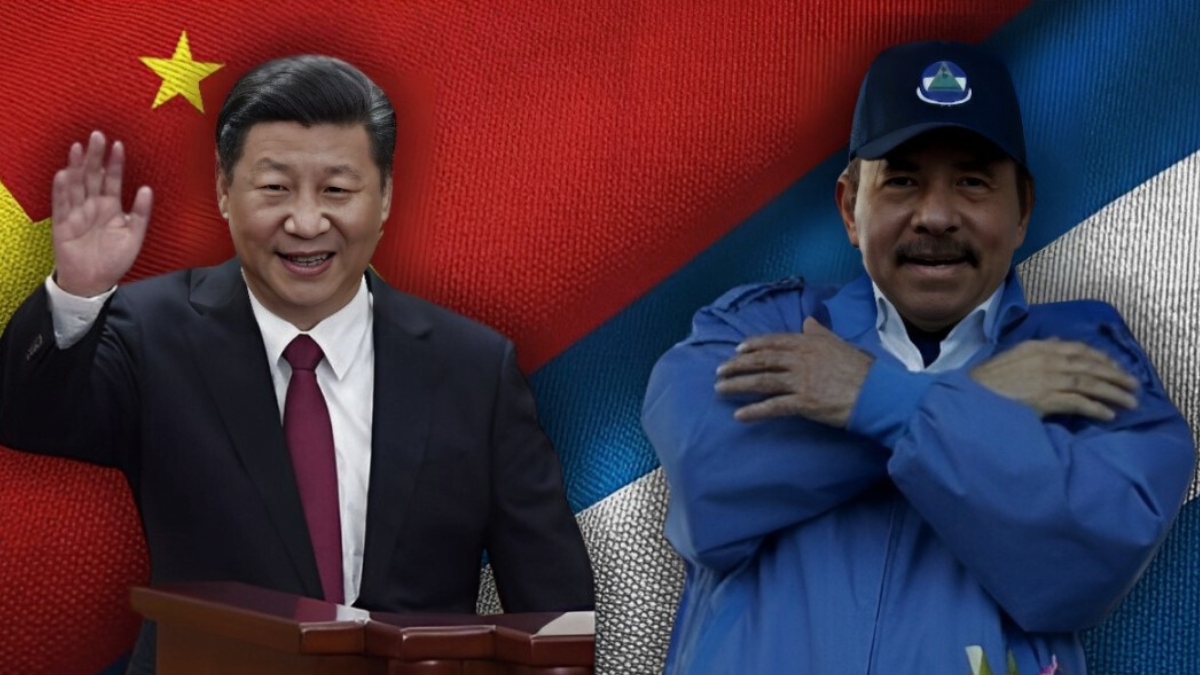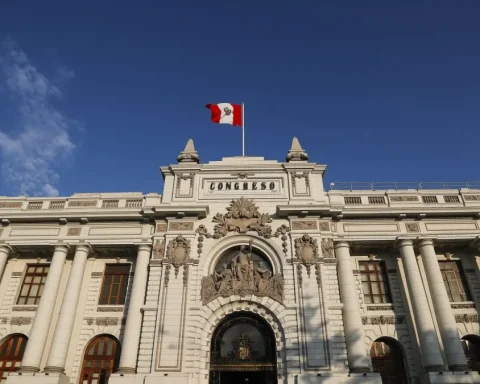The Sandinista deputies of the National Assembly and their collaborators, at the service of the Ortega-Murillo dictatorship, continue to approve “leonine” debts with Chinese companies. On November 12, they made official, through the Official Gazette, the yes to a onerous loan for Nicaragua of more than 70 million dollars, to finance a solar energy project owned by the state-owned Empresa Nicaraguense de Acueductos y Alcantarillados (ENACAL).
In Gazette number 208, the Sandinista parliament publishes that, “in compliance with the provisions of Presidential Agreement No. 177-2024 published in La Gaceta, Official Gazette No. 1 79 of October 2, 2024, the Minister of the Ministry of Finance and Public Credit, in the name and representation of the Government of the Republic of Nicaragua, signed a Credit Facility Agreement with the Chinese company Communications Construction Company Limited (CCCC) of the People’s Republic of China.
Consequently, the Legislature approved Decree AN number 8892 “approval of the credit facility agreement signed on October 3, 2024 between the Republic of Nicaragua, represented by the Ministry of Finance and Public Credit and the Chinese company Communications Construction Company Limited (CCC), of the People’s Republic of China.
Related news: Ortega regime will increase debt with China to finance public spending in 2025
The financing approved by the legislators of Ortega and his colleagues is for an amount of 502 million 316 thousand yuan, equivalent to 70 million 550 thousand United States dollars, which shows that, although the Sandinista dictatorship advocates the de-dollarization of the national economy , their Chinese “strategic allies” grant them loans valued in dollars.
Chinese loans are “leonine,” says economist
The million-dollar financing from the Chinese company would be destined for the construction project of the photovoltaic plant for the operation of the Enacal systems (Enesolar-3/Apas) in the municipality of Masaya, and the Enacal executing unit, according to the legislative decree.
However, what is worrying about these loans approved by the Sandinista Assembly are the onerous conditions for the country, since, “they are putting new generations of Nicaraguans into debt,” analyzes the doctor in economics and former political prisoner of the dictatorship, Juan Sebastián Chamorro. .
The financing for the Masaya photovoltaic project is for 10 years; with a grace period of only 18 months; an interest rate of 4.45% per year.
According to the Sandinista deputies, “the financial conditions granted by the China Communications Construction Company Limited (CCCC) of the People’s Republic of China are in accordance with and comply with the Public Debt requirements of the Republic of Nicaragua.”
Chamorro recalled that, in recent decades, there was a grace period of 10 to 12 years with the World Bank (WB), the International Monetary Fund (IMF) and the Inter-American Development Bank (IDB), and the interests did not exceed from 3% to 3.3%.
Compared to Chinese loans, they were soft loans but the Asians are usurers, taking into account, as the economist explained, that in addition to the high interests, the Chinese add a series of commissions that raise the interest to at least 6.5% .
Chamorro, who was vice minister of Finance and Public Credit during the Government of Enrique Bolaños (RIP), explained that these conditions are oppressive for the Nicaraguan economy, especially because the dictator Ortega has increased the country’s external debt to levels that place it again in the condition of a “Highly Indebted Poor Country”, just as the Sandinistas themselves left it in the 90s.
“The conditions under which our country is being indebted are totally irresponsible, the terms of the contracts with Chinese companies, which are not even with the Chinese Government but with companies, are quite leonine,” the economist warned.
Related news: More revelry with the Chinese: Ortega authorizes another loan of more than 70 million dollars for Enacal
He added that one of the conditions never before seen in international financing processes is the fact of requiring the Ortega regime to pay 20% of the work in advance to the Chinese companies, before starting the work and “without even a financing contract for the rest of the work.
The expert gave as an example the airport project known as Punta Huete, where the Sandinista regime signed two loans with Chinese companies for amounts of 200 million dollars each, for which the dictatorship had to pay 80 million dollars in advance to the Chinese without that has even moved a piece of construction equipment.
Debt service rises
Likewise, the economic expert indicated that the grace periods of international financial organizations are already expiring, so it will be necessary to begin paying off the loans. In the event of a delay, the debt will increase more than very short grace periods on Chinese loans, therefore, Chamorro predicts a “great fiscal pressure” starting in 2025, because the dictatorship will try to cover the payment of those debts.
Nicaragua’s public external debt has grown rapidly under the regime of dictator Ortega, to the point that, according to Chamorro, it currently exceeds 10.5 billion dollars, and the payment service for that debt, if in 2011 was 328 million dollars, by 2024, not including the indebtedness with China, the debt payment rose to U$982 million. The new generations of Nicaraguans are geared by Ortega















